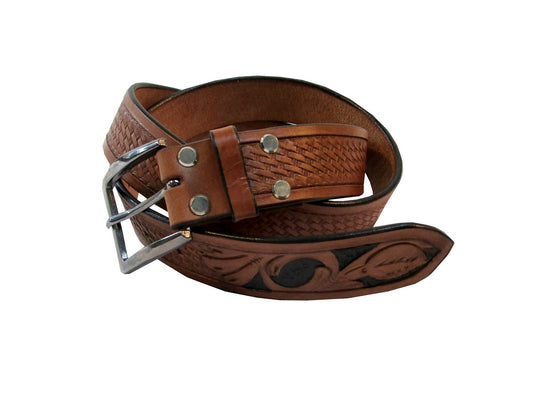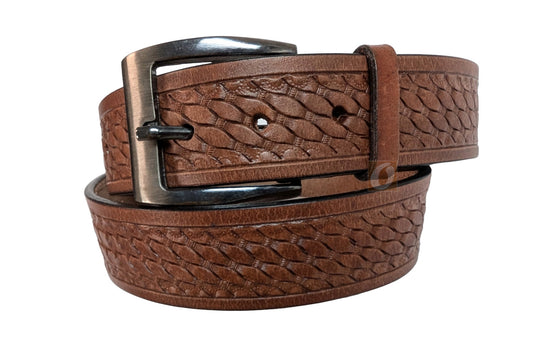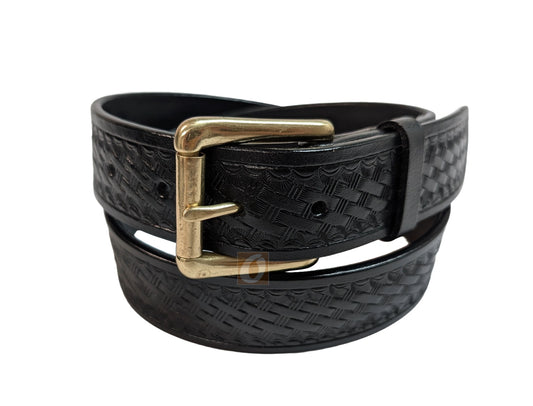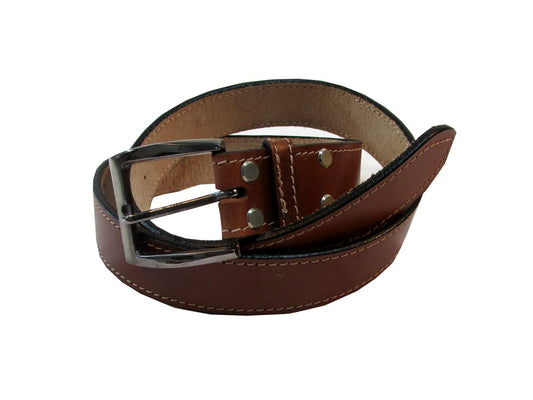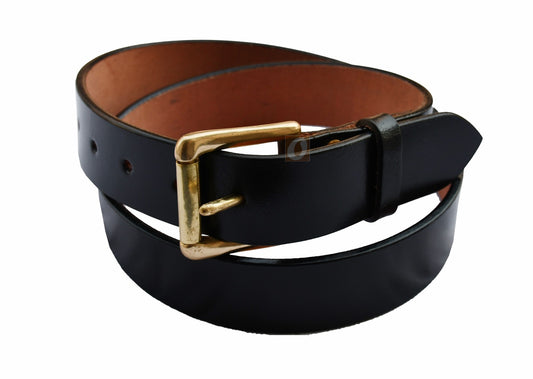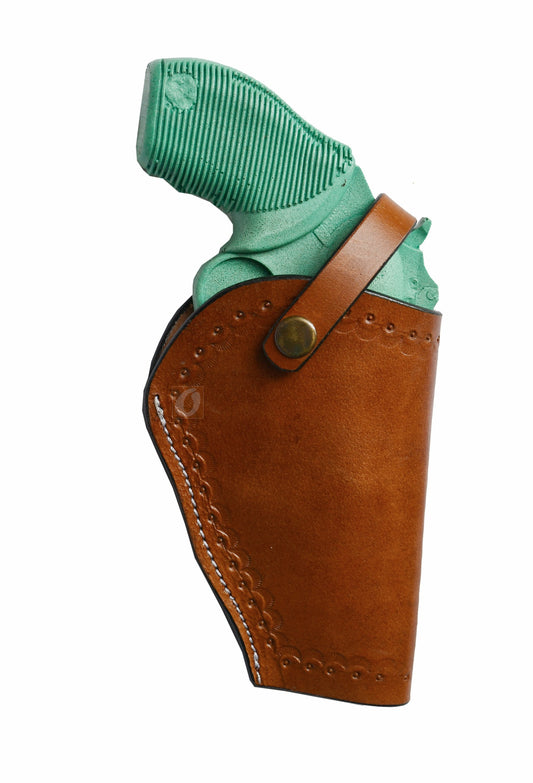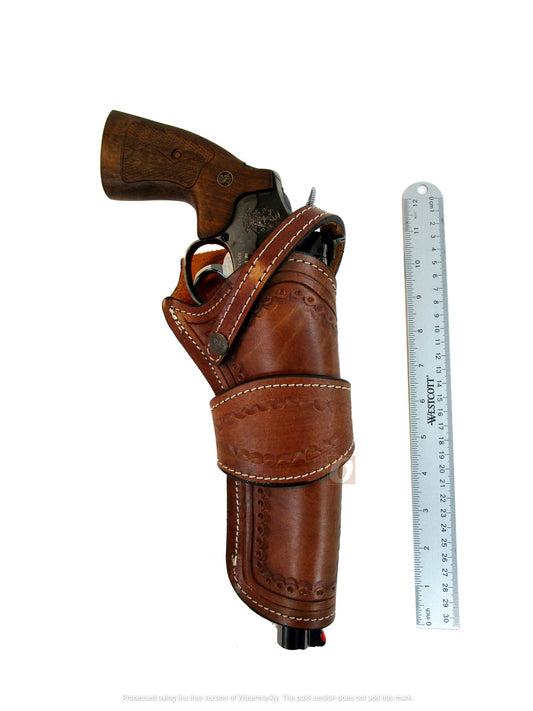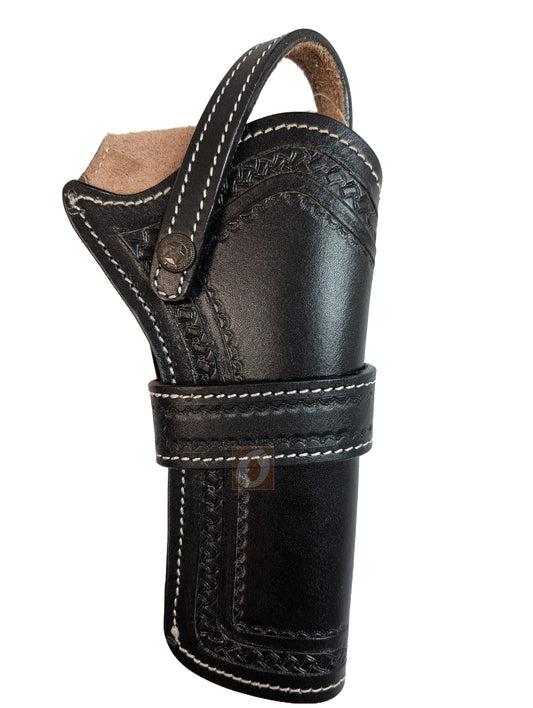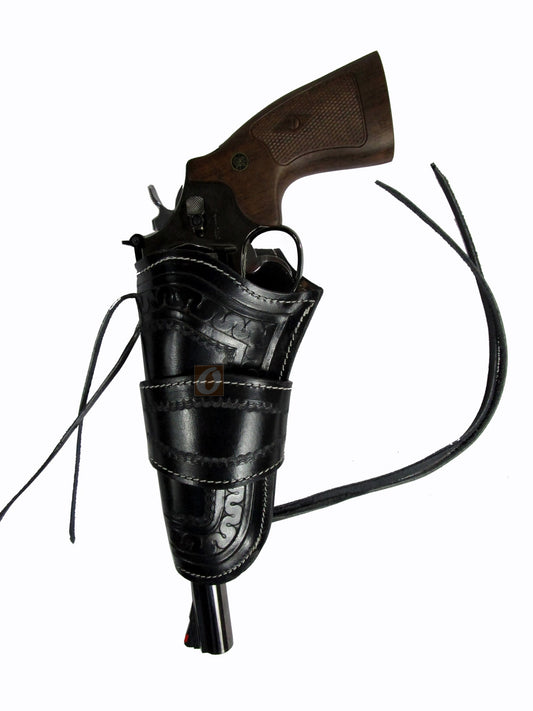How to Properly Store Your Holster and Firearm When Not in Use ?
How to Properly Store Your Holster and Firearm When Not in Use
Smart storage protects people, preserves gear, and keeps your setup ready the moment you need it. Here’s a simple, reliable system for storing both your firearm and holster the right way.
Core principles
1) Secure access first
Use a quality gun safe or quick-access lock box. Biometric or digital entry balances speed with security. Anchor the safe and keep the combo private.
2) Dry, stable environment
Moisture ruins metal and leather. Aim for a cool, low-humidity space with airflow. Add desiccant packs or a dehumidifier rod inside the safe.
3) Ready-to-run condition
Store clean, lightly lubed, and staged consistently. A consistent storage position makes retrieval safer and faster under stress.
Storing the firearm
Clean before you store
Wipe carbon, skin oils, and lint. Lightly lube contact points. Inspect sights, screws, and magazines. Rust starts at residue.
Use sleeves wisely
A breathable gun sock helps, but avoid foam that traps moisture. If it feels damp, dry it—don’t seal it.
Orientation and space
Give the muzzle and rear sight a little clearance. Don’t wedge pistols against safe walls or gear; pressure can shift zero or scratch finishes.
Storing the holster
Leather holsters
Leather absorbs and releases moisture. Store dry, out of direct sun, away from heat vents. Keep shape with a stand or vertical hook—never crushed under gear. Condition lightly, not often.
Kydex and hybrids
Rigid shells like Kydex can sit flat or hang; avoid bending clips under weight. For hybrids, treat the leather backer like any leather: dry, shaded, and supported.
Holster organizers
Use a dedicated rack, peg, or safe-door panel to hold the holster upright. This protects the mouth, preserves cant/ride settings, and speeds grab-and-go.
Storing together: gun in holster?
It’s fine to store the pistol holstered inside the safe if three boxes are checked: trigger fully covered, retention positive (no flop), and environment dry. For leather, long-term holstered storage can trap moisture—periodically separate and air both.
Climate control that actually works
Dehumidifier strategy
Combine a safe rod (constant low heat) with rechargeable desiccant packs. Rotate and recharge packs monthly—or sooner in humid regions.
Temperature sanity
Avoid attic/garage extremes. Polymer frames don’t like heat cycling; leather dries and cracks; lubes separate.
Model-specific notes
Striker-fired compacts (Glock/SIG, etc.)
Keep lint out of the striker channel and around the trigger shoe. Inspect optic plates and screws before storage.
Revolvers
Light oil on the cylinder exterior and ejector rod. Don’t oil the chambers. Check leather fit around the front sight to avoid burnishing.
Quick monthly checklist
Five-minute pass
1) Open safe—feel for humidity. 2) Spot-check for surface rust or green verdigris on brass snaps. 3) Cycle retention screws. 4) Re-charge desiccant. 5) Ten dry draws with EMPTY gun to confirm nothing shifted.
Related reads
Break-In Guide | Choosing the Right Holster | Care for Leather Holsters | Leather vs. Kydex FAQs
Gear to organize your setup
Lock in comfort with a stiff Leather Belt, choose a molded fit from Leather Holsters, and consider a seat-friendly option from Crossdraw Holsters.
FAQ
Can I leave the gun in a leather holster long-term?
Yes, in a dry safe—just separate weekly to air both pieces and wipe any moisture. Rotate desiccant consistently.
How often should I condition leather?
Sparingly—every 3–6 months or when it looks dry. Over-conditioning softens structure and hurts retention.
What humidity level should I target?
About 40–50% RH inside the safe. Below 35% can overdry leather; above 55% invites rust and mildew.
CTA
Dial in storage and comfort with the right foundation: model-specific Leather Holsters and stiff Leather Belts. Set it up once—enjoy it every day.


